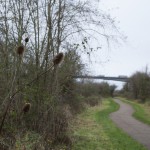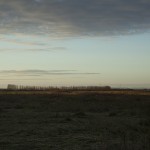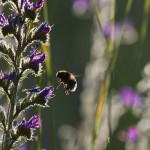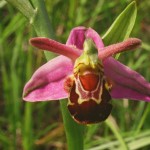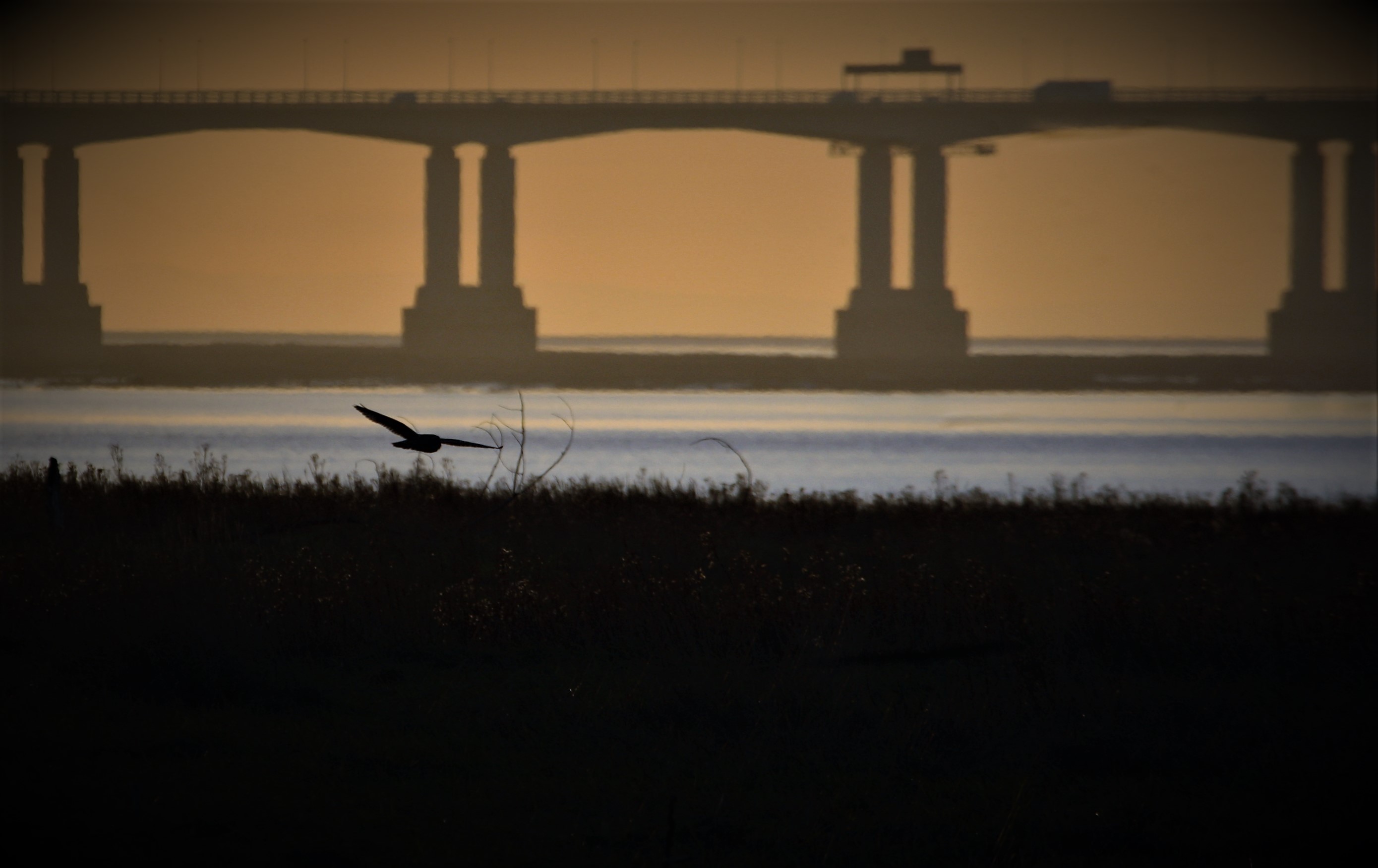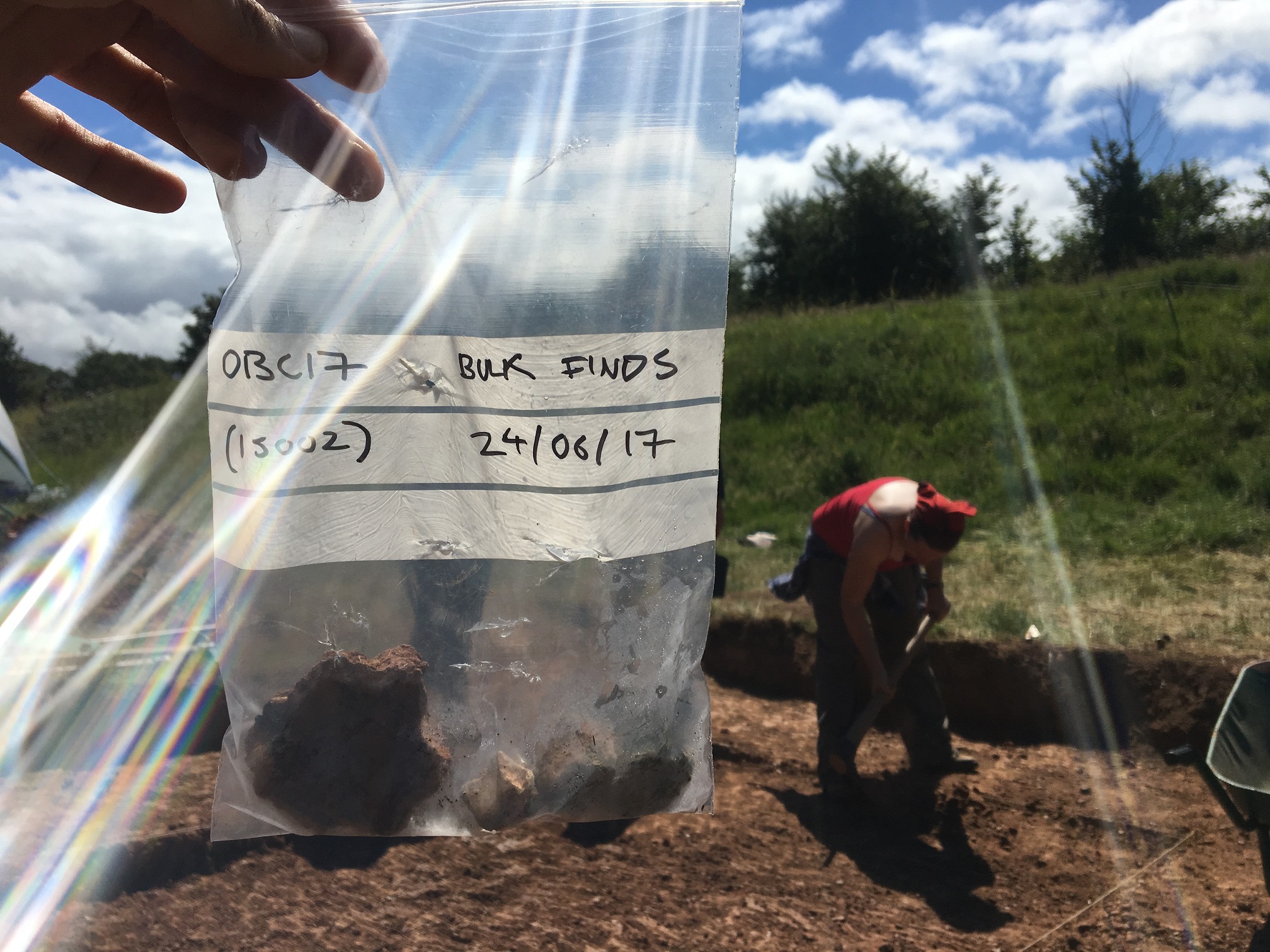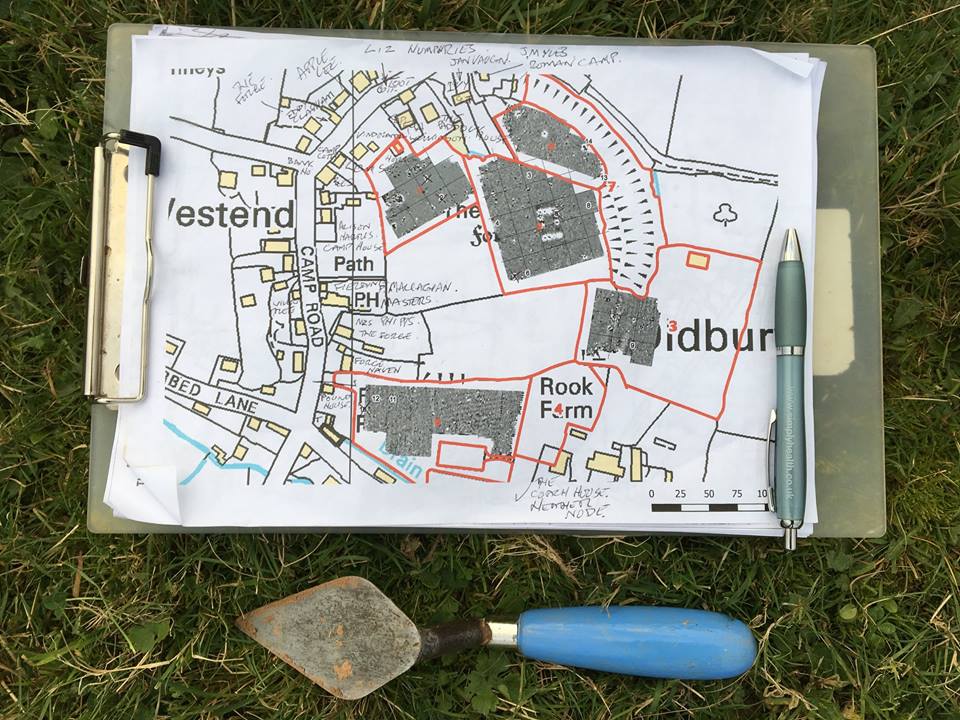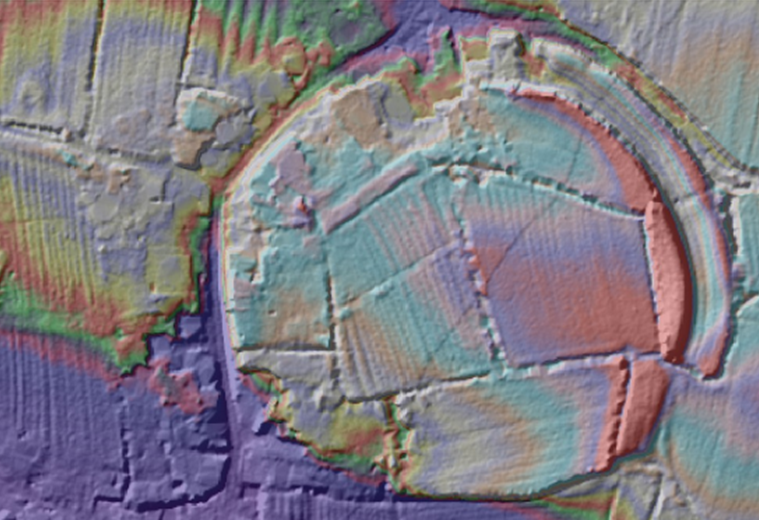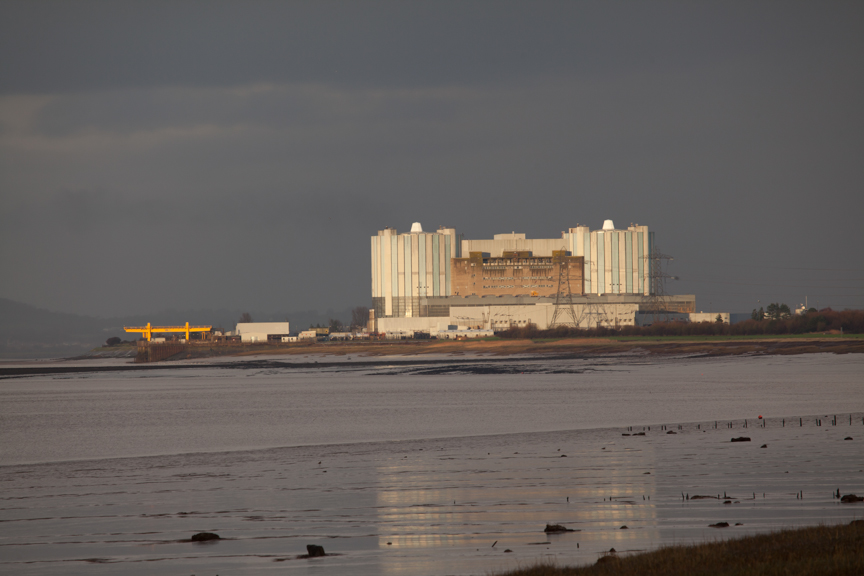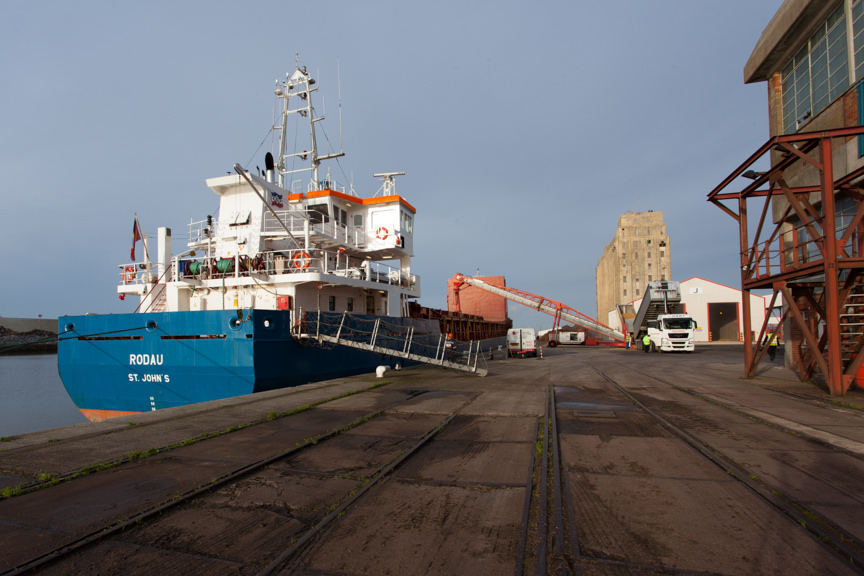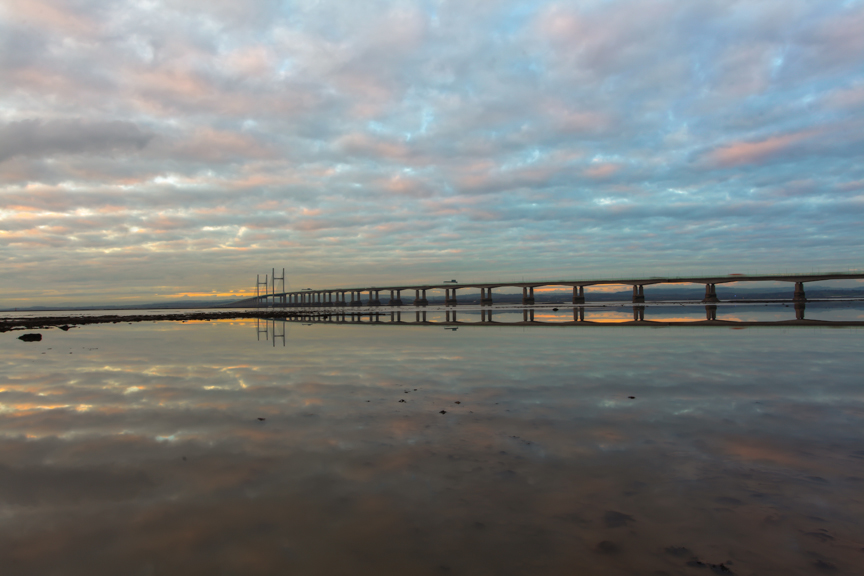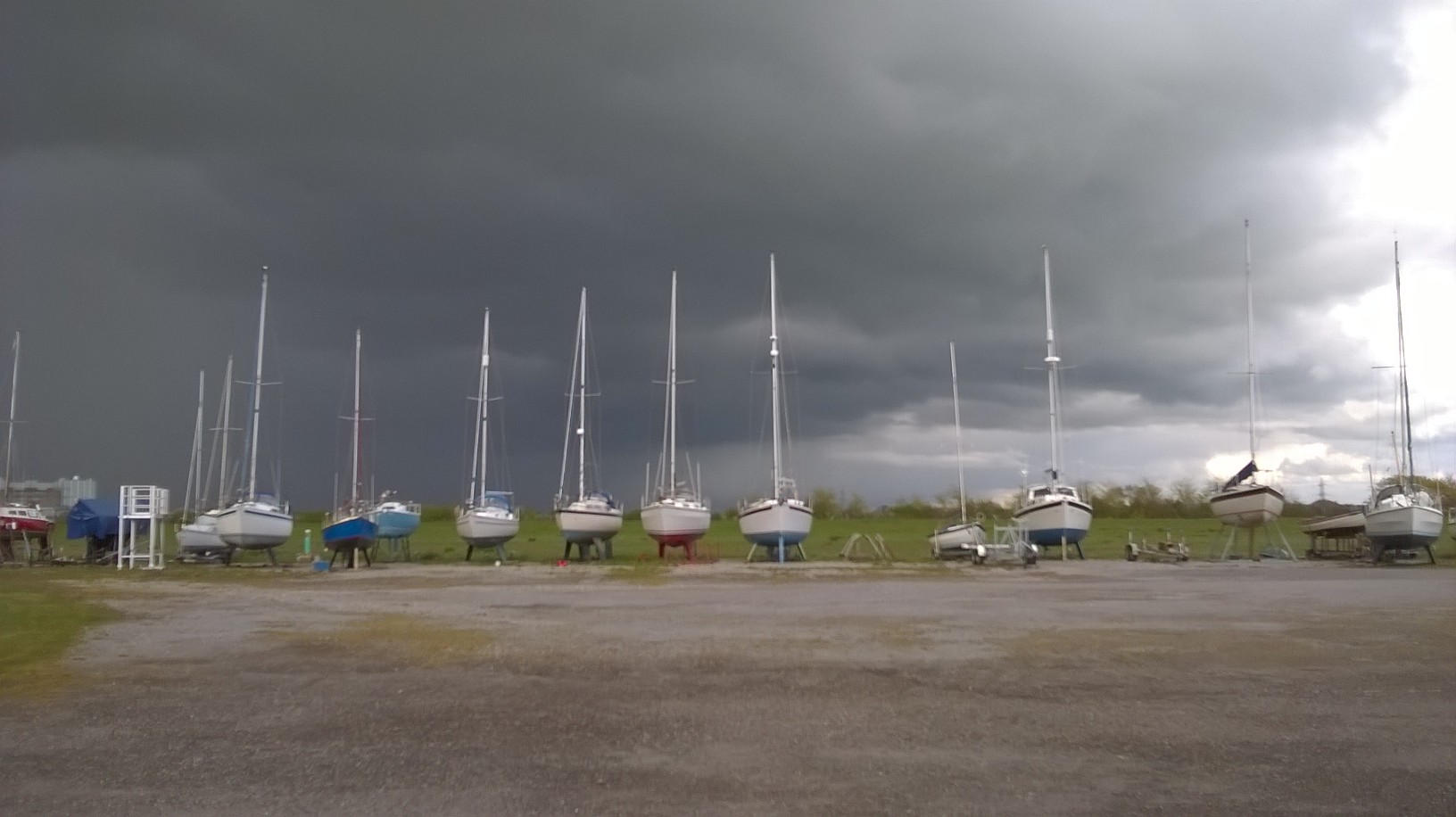Places to Visit / Locations
Lamplighter’s Marsh
-
 Lamplighter's Marsh
Lamplighter's Marsh -
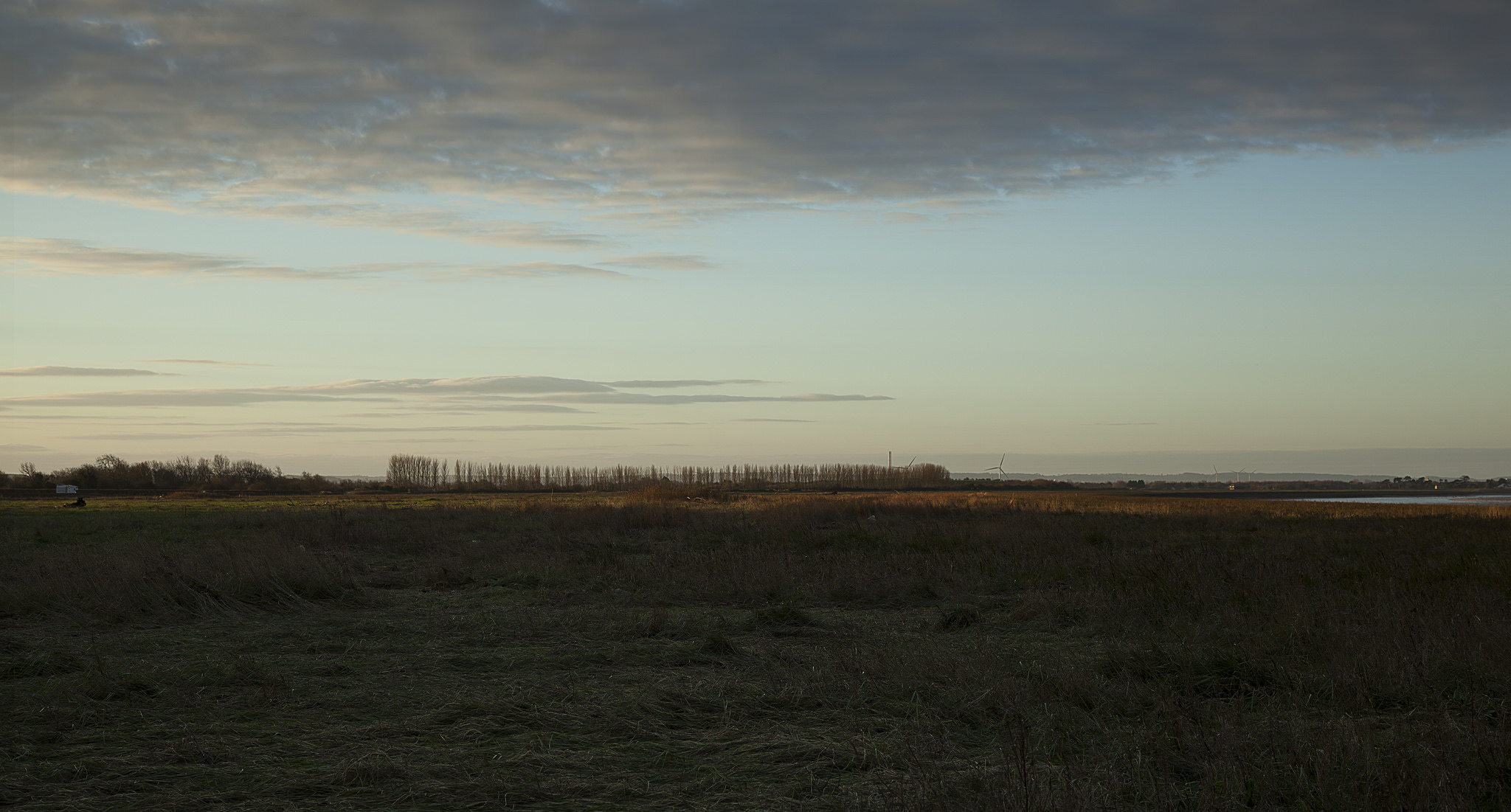 Lamplighter's Marsh at dusk
Lamplighter's Marsh at dusk -
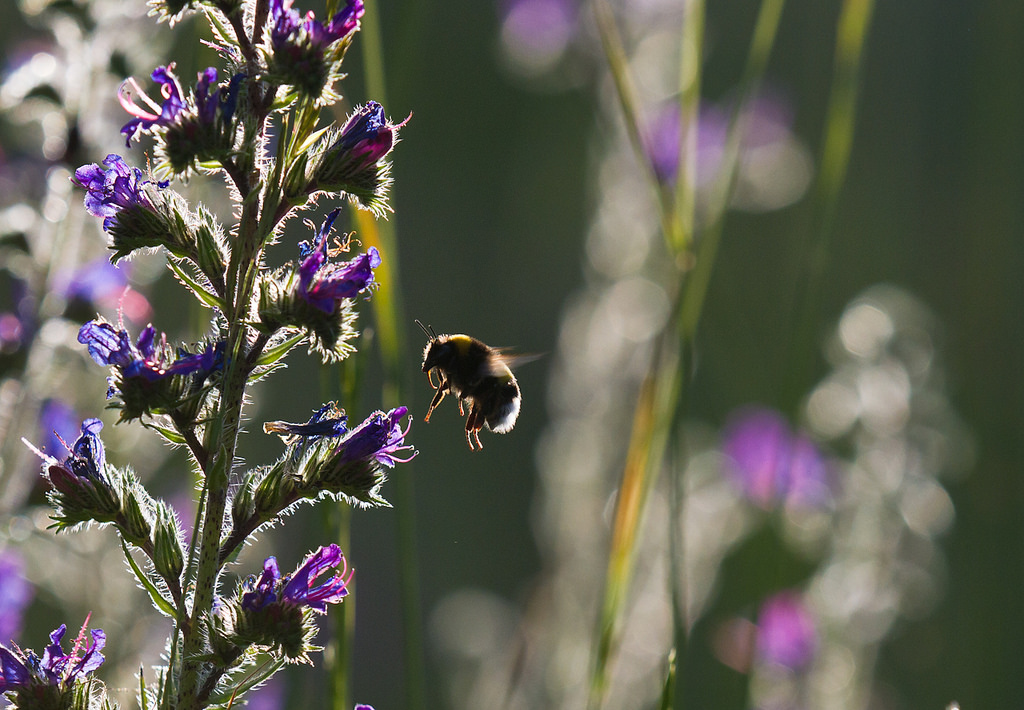 Vipers Bugloss ©Natural England
Vipers Bugloss ©Natural England -
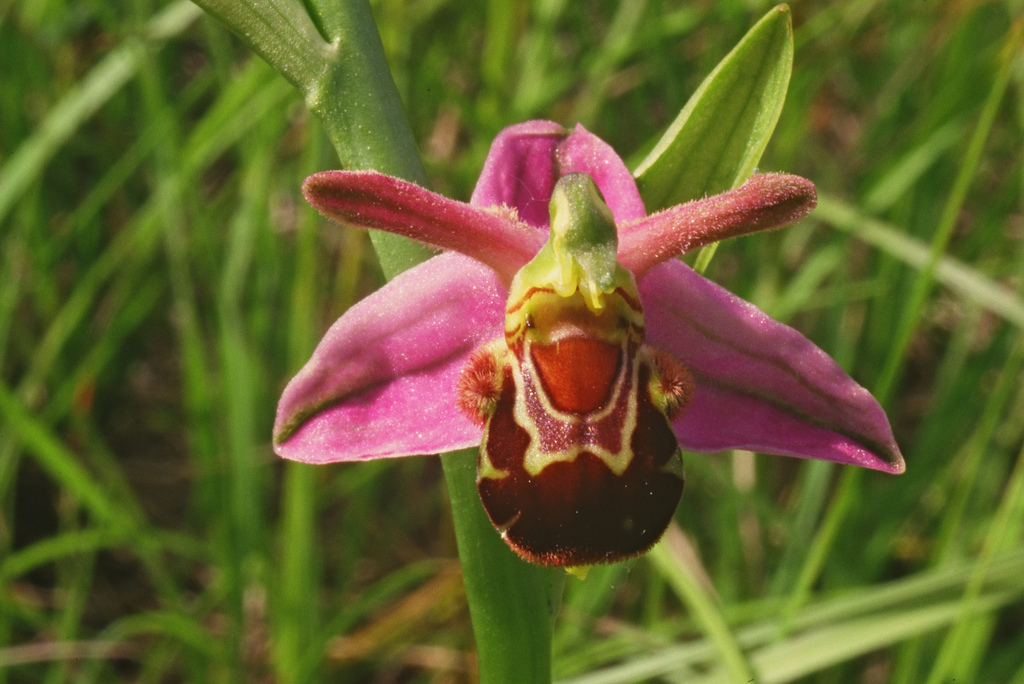 Bee orchid ©Natural England
Bee orchid ©Natural England
This little haven alongside the River Avon has strong links to Bristol’s maritime and industrial past.
The Severn Way footpath and cycleway runs alongside the river and passes through the Lamplighter’s Marsh local nature reserve where the path is known as the ‘yellow brick road’. In the nature reserve you can find viper’s bugloss, moth mullein, hornet moth and other scarce or notable species.
Plant species such as sea couch are influenced by the nearby Severn Estuary and bee orchids grow in the daisy field between the railway and the Portway.
It’s also a favourite spot for birdwatching. Swifts, martins, siskins, redshanks, curlews, sparrowhawks, cormorants, bullfinches, long-tailed tits, goldfinches, goldcrests, seagulls: Steve Judd runs through the catalogue of birds he’d expect to see at Lamplighter’s Marsh. The birds aren’t affected by the motorway noise, he tells us, but you can hear its constant roar and listen to Steve talk about why this is such an important place for birds in this short video.
Don’t miss
- Birdwatching and looking for scarce insects and plant species in the nature reserve
- Following the AFL easy access walking route
- Visiting the The Lamplighters pub for a drink or a meal
- Taking children to the playground beyond the pub and checking out the AFL interpretation point
The Friends of Lamplighter’s Marsh are a local group helping to improve the nature reserve. New members are welcome. Please email [email protected] to get involved.
Did You Know?
William III, also known as William of Orange, landed at the site of Lamplighter’s Inn upon his return from Ireland after the battle of the Boyne.

